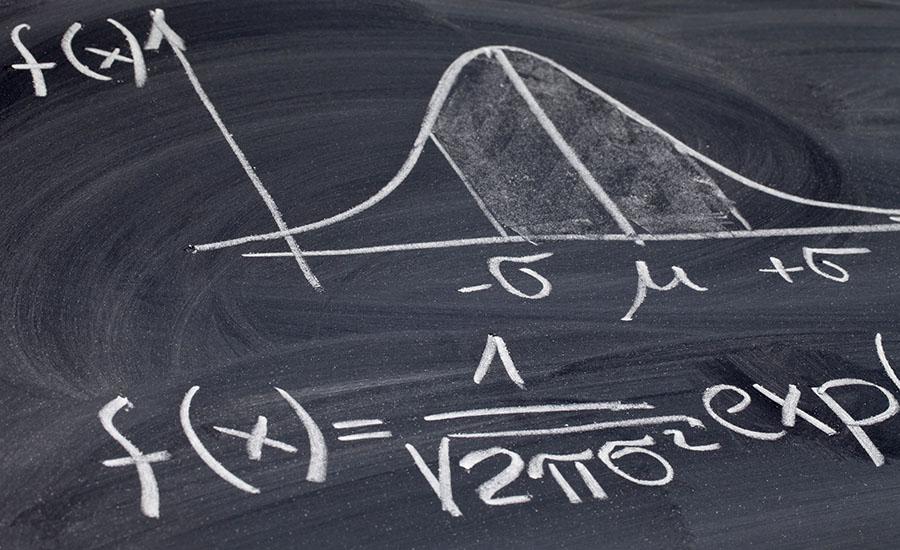
Newton's Laws - Basic Physics
by Armando Teran Jr
Students will learn basic concepts of physics, including velocity, motion, and vector. Students will develop and use a model to predict how forces act on objects at a distance. Finally students will collect and analyze data regarding velocity and time of objects.
Lesson Plan Link/URL
https://docs.google.com/presentation/d/1HTg5JWZ8XUmwVX4r_xhUzsDxldPuqav1/edit?u…Subject Area
Science Physical Science P2: Objects at a Distance P3: Net Force Technology 1. Empowered Learner 3. Knowledge Constructor 4. Innovative Designer 6. Creative Communicator Engineering Mathematics Number and Operations—Fractions (NF) Measurement and Data (MD) English Language Arts (ELA) Writing
Featured
Off
Related Content

Grades:
3rd Grade, 4th Grade, 5th Grade, 6th Grade, 7th Grade, 8th Grade, 9th Grade
Engineers often create small-size models of a new product to test its design. This is especially true with airplanes. Model testing tells engineers how a design responds to different air conditions

Grades:
4th Grade, 5th Grade, 6th Grade, 7th Grade, 8th Grade
In this hands-on lesson, students will be challenged to complete an obstacle course with a Sphero/RVR/Edison through coding. Students will be given a task list to complete and will be timed. Math

Grades:
6th Grade, 7th Grade, 8th Grade, 9th Grade, 10th Grade, 11th Grade, 12th Grade
Are your students fans of Formula 1? If they are or aren't this lesson will take a look into the dominance of Red Bull Racing in Formula 1. Why is Red Bull so dominant? Is it the driver or the